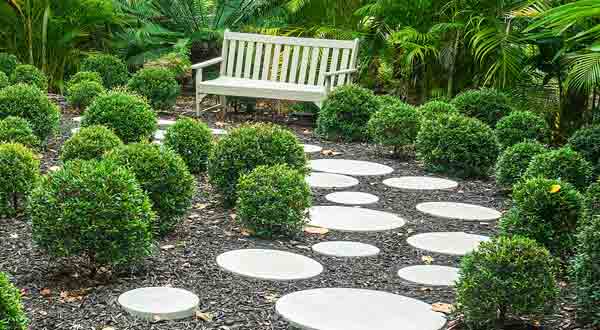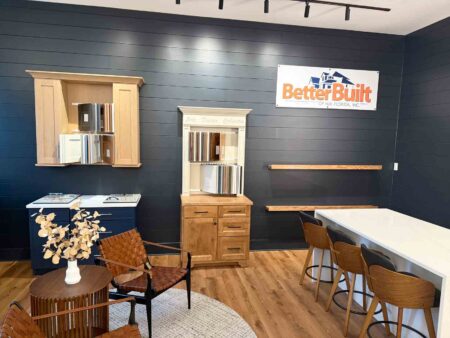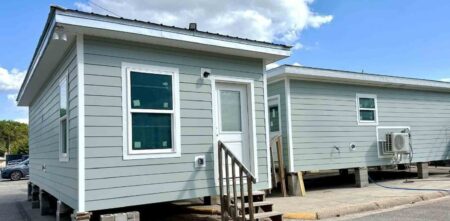FLORIDA—Common problems in home landscape plant selection include not considering the shape, growth rate, and mature size of plants.
Not taking time to find out this information many times results in misplaced plants outgrowing their surroundings. The end result is having to severely prune these plants to keep them from outgrowing their space or to force them to fit their misplaced location.
In selecting landscape trees and shrubs, you’d do well to consider more than just whether you like a plant before you plant it in your landscape.
Consider the shape and size of the mature plant and your specific landscape needs before deciding what to plant in your landscape. These are key factors homeowners often forget when making landscape decisions. And they’re especially critical in narrow, crowded spaces in the landscape.
Think about plant selection as choosing a plant with the same shape as the space you are trying to fill. For the most part, don’t try any shrub if the space you’re working with is less than four feet wide.
A few shrubs might work, but these would have to be plants with a shape and a rate of growth that would ensure that they wouldn’t grow out into the walkway, driveway, or lawn or hide a window.
When you do have plenty of space, put whatever plants you choose well back from the walk and foundation of the house. Few plants should be planted so that their centers are any closer than two feet from the edge of the walk or the foundation of the house.
Plant most of the spreading junipers and the larger plants even further from the walkway and home foundation, allowing for adequate future growth.
Keep in mind the degree of pruning you have to do when the plants are fully grown. Even where space is not critical, choose plants that will not grow beyond the desired size. This will reduce future maintenance problems. And, where space is limited, either in width or height, be extra careful in your choice of plants.
Plants are genetically designed to grow to a certain height and width. Also, some plants are naturally more vigorous, requiring frequent pruning, as compared to other plants.
To prevent future problems with plants that become out of control and that require frequent pruning, take time to find out their natural shape or form, growth rate and mature size in both height and width before planting.
Here is a link to a UF/IFAS Extension site with more info https://ffl.ifas.ufl.edu.
Larry Williams is the Extension Horticulture Agent with the Okaloosa County Cooperative Extension Service, University of Florida. You can contact Larry at 689-5850 or email lwilliams@myokaloosa.com.







